Disposable masks have become an essential practice in our daily lives, especially during the COVID-19 pandemic. While most people know the importance of wearing masks, many may not know how to wear them properly. Wearing a mask correctly protects the wearer and those around them.
Poor mask fitting can result in gaps where air can flow in and out, reducing effectiveness. In this blog, we will learn the proper way to wear a disposable mask, including how to adjust it to fit the face and dispose of it safely.
Types of Disposable Masks
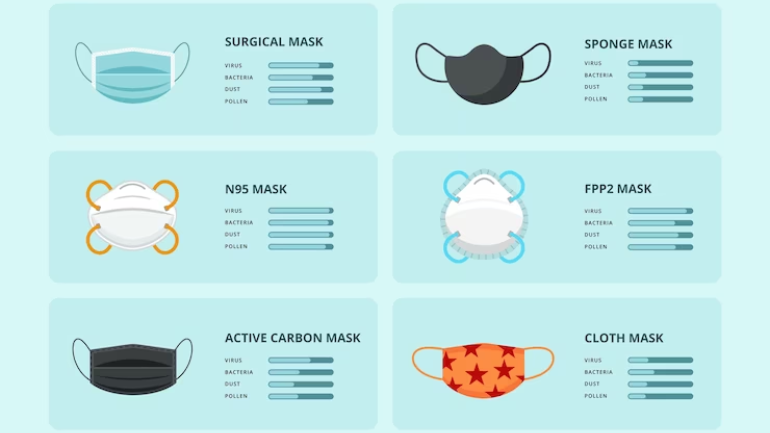
Choosing the right mask is crucial for protecting oneself and preventing airborne transmission and viruses to others. When it comes to these masks, there are several types to consider
Surgical masks

These masks are commonly used in healthcare settings. They are loose-fitting and primarily designed to prevent droplets from entering the mouth and nose. Surgical masks are suitable for everyday use and offer basic protection against respiratory infections.
N95 respirators
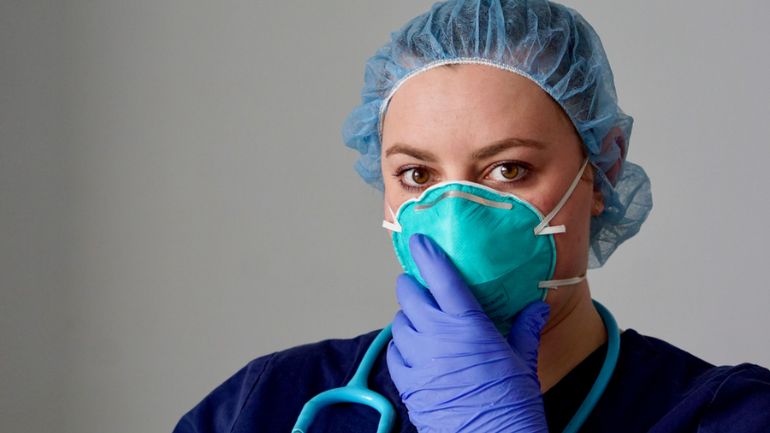
N95 respirators are a more advanced type of mask that provides a higher level of filtration. They are designed to filter out at least 95% of airborne particles, including small respiratory droplets that may carry viruses. N95 respirators fit tightly on the face and require proper fitting to ensure optimal effectiveness. They are commonly used by healthcare professionals and individuals working in high-risk environments.
Cloth masks
Cloth masks are reusable face coverings made of various fabric materials, offering basic protection against respiratory droplets but with limited filtration capabilities.
Sponge masks
Sponge masks are lightweight and comfortable, often made of porous materials, providing a basic barrier against droplets but with minimal filtration efficiency.
Active carbon masks
Active carbon masks are designed with an additional layer of activated carbon, which helps to filter out harmful gasses and odors along with droplets, offering improved filtration and reducing exposure to pollutants.
FFP2 masks
FFP2 masks (Filtering Facepiece Particles) are high-performance respirators with a tight seal, providing higher filtration efficiency. They protect against droplets and airborne particles, including small respiratory droplets, aerosols, and solid particles, making them suitable for healthcare professionals or individuals in high-risk environments.
Other masks
Apart from surgical masks and N95 respirators, other disposables are available in the market. These include KN95 masks, similar to N95 respirators and offering comparable filtration efficiency. Additionally, there are disposable masks with various levels of filtration, such as ASTM Level 1, Level 2, or Level 3 masks, which indicate their respective filtration capabilities.
Preparing to Wear a Disposable Mask
Hand hygiene
Before wearing a disposable mask, it is essential to practice proper hand hygiene. Begin by washing your hands with soap and water for at least 20 seconds. If soap and water are unavailable, use a hand sanitizer that contains at least 60% alcohol. Thoroughly rub your hands together, covering all surfaces until dry. This step helps eliminate any potential contaminants on your hands.
Inspecting the mask for damage
Carefully examine the mask for any signs of damage or defects. Check for tears, holes, or loose straps. Ensuring that the mask is intact and will provide adequate protection is crucial. If you notice any damage, discard the mask and use a new one. A compromised mask may not effectively filter airborne particles.
Checking the expiration date
Disposable masks typically have an expiration date printed on the packaging. Take a moment to check this date before wearing the mask. Expired masks may have reduced effectiveness and could potentially put you at risk. If the mask is past its expiration date, dispose of it and obtain a new one. Prioritizing your safety by using masks within their designated timeframe is crucial.
Steps to Wear Disposable Mask Guidelines
Wash hands thoroughly
Before handling a mask, it is essential to wash your hands thoroughly with soap and water for at least 20 seconds. This step helps to remove any dirt or germs from your hands, ensuring clean and personal protection.
Identify the top and bottom of the mask
Masks usually have a top and bottom portion. Look for any markings or indicators on the mask to identify the top side. The top portion typically includes a stiff bendable strip that can be molded to fit the shape of your nose.
Position the mask over the nose and mouth
Hold the mask by the ear loops or ties and place it over your nose and mouth, completely covering both areas. Please ensure no gaps between the mask and your face, as this can compromise its effectiveness.
Secure the mask behind the ears or head
Once the mask is positioned correctly, secure it by either looping the ear loops around your ears or tying the straps behind your head. Adjust the tension to ensure a snug fit without causing any discomfort.
Mould the nosepiece for a snug fit
Using your fingers, gently press down on the bendable nosepiece to mold it to the shape of your nose. This step helps to seal the mask and prevent any air leakage from the top area. Ensure that the mask fits securely over your nose and under your chin.
Perform a fit check
After wearing the mask, perform a fit check to ensure proper nose and mouth covering and that it is properly sealed. Inhale and exhale gently to check for any air leakage around the edges. If you feel air escaping, readjust the mask and nosepiece to achieve a better fit.
Remember to avoid touching the mask while wearing it, as this can transfer germs to your hands. If you need to touch the mask, wash your hands immediately afterward.
Length of Use & Disposal
Duration of mask usage
- Considering the recommended duration of mask safety usage is crucial to ensure optimal protection.
- Masks should generally be worn for a maximum of four hours before replacement.
- In high-risk situations or crowded environments, masks may need to be changed more frequently.
- Avoid touching the mask during use.
- Touching the mask can contaminate it and compromise its effectiveness.
- It is important to resist the urge to adjust, scratch, or readjust it unnecessarily and maintain mask hygiene.
- If adjustment is necessary, ensure hands are thoroughly washed or sanitized beforehand.
Disposing of the mask properly
- Masks should be disposed of in designated waste bins or sealed bags to prevent potential transmission of pathogens.
- Care should be taken to avoid touching the front surface of the mask during disposal.
- Follow local guidelines and regulations for mask disposal to ensure proper handling.
- Avoiding the reuse of masks
- These masks are designed for single use only and should not be reused.
- Reusing masks increases the risk of contamination and diminishes their filtration efficiency.
- Always have an adequate supply of masks to ensure a fresh one can be used when needed.
Conclusion
In conclusion, wearing a disposable mask correctly is crucial to protect yourself and those around you from spreading diseases.
Following these guidelines, we can all do our part to keep ourselves and our communities safe and healthy. Remember, mask-wearing is a simple yet effective way to protect ourselves and others during these challenging times.
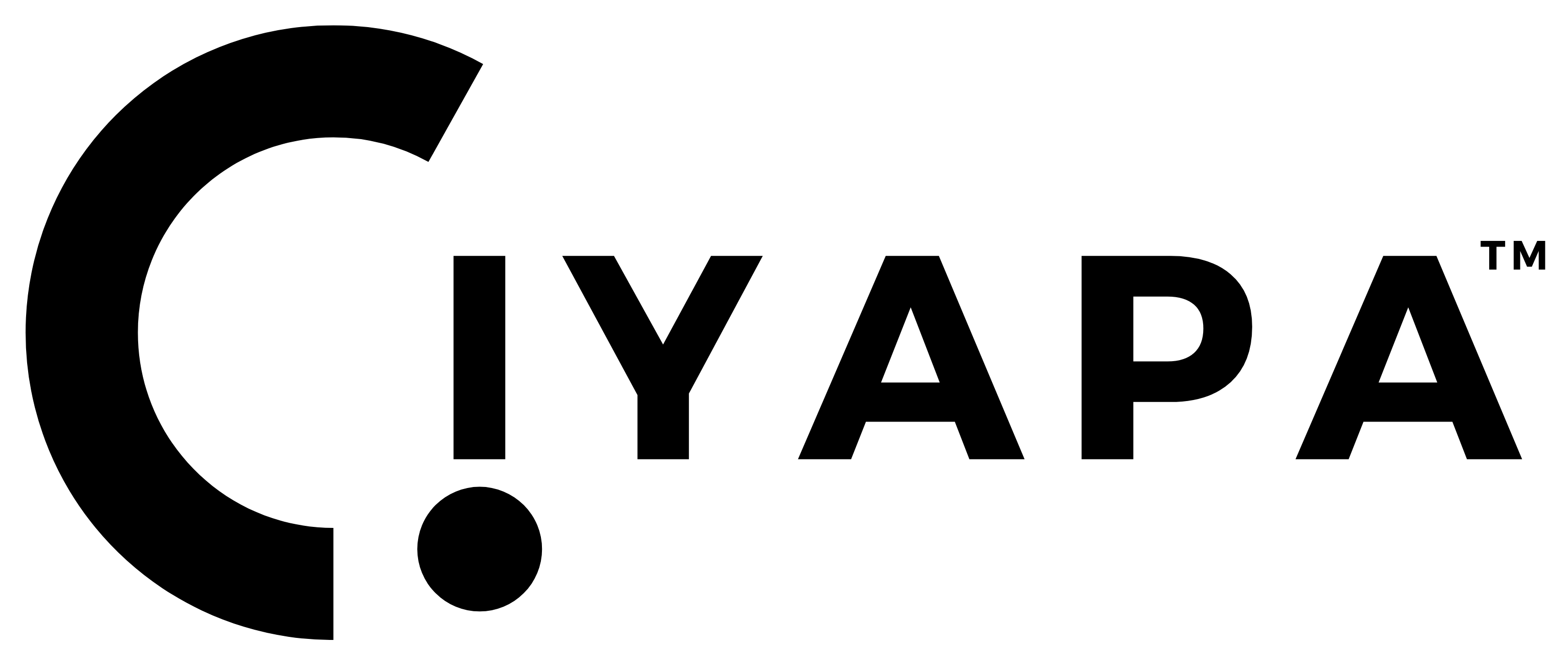
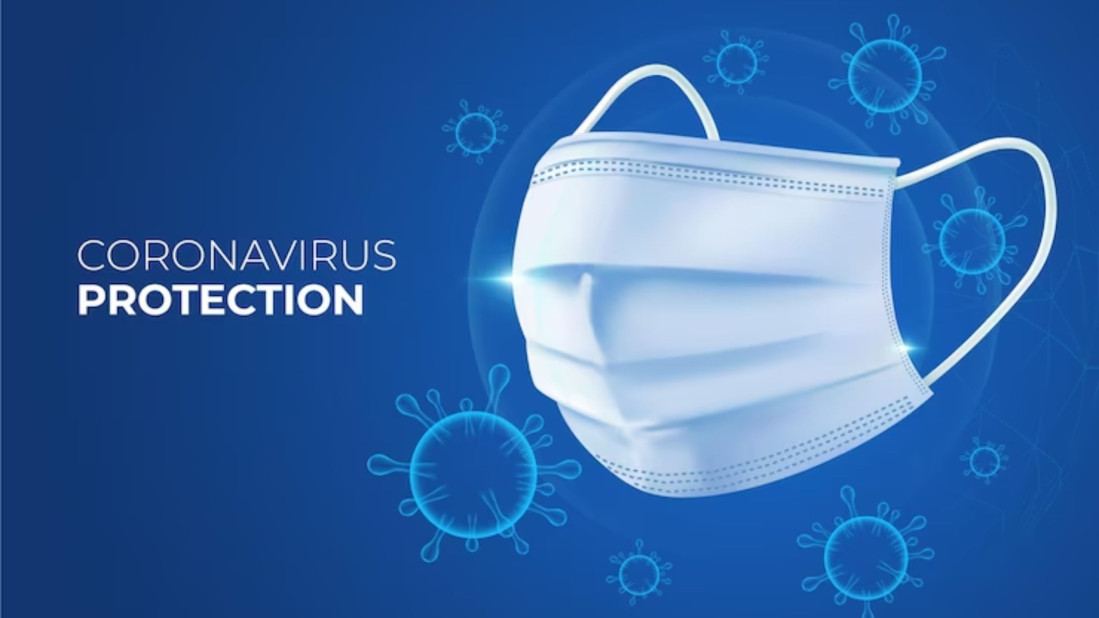
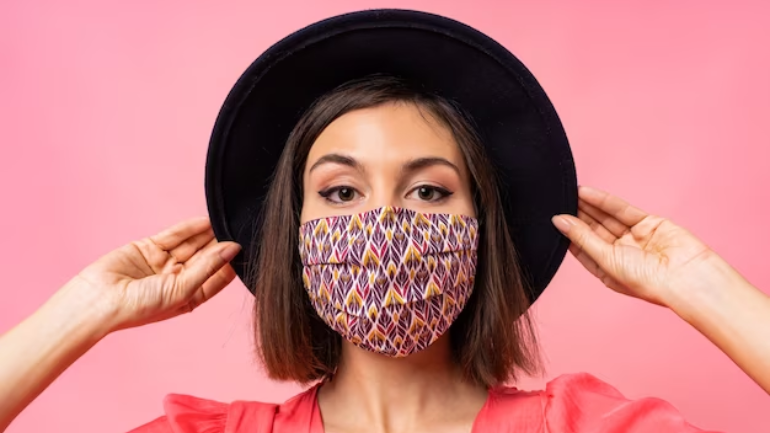

































Validate your login
Sign In
Create New Account